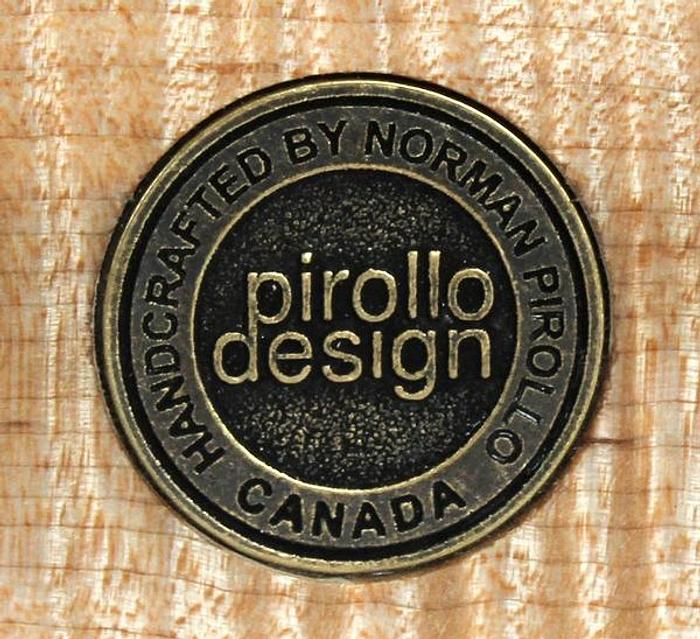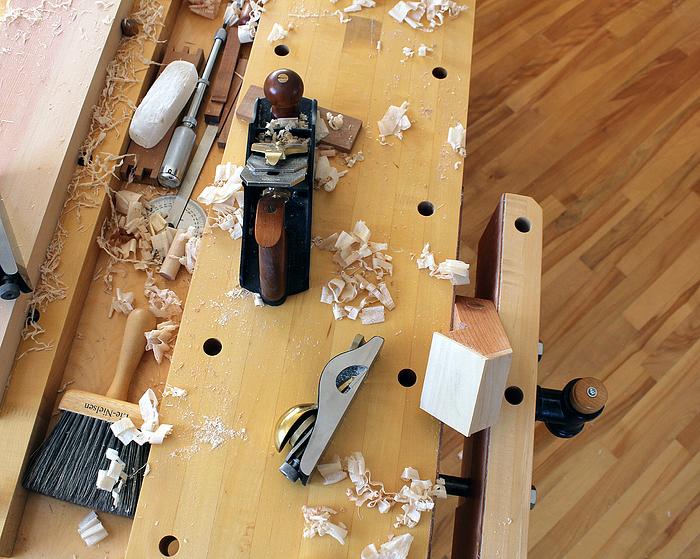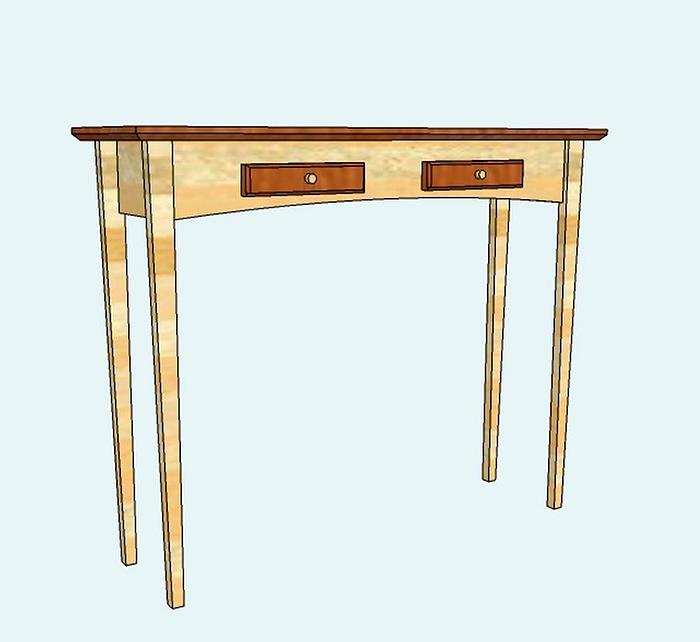Share your craft projects
Make new craft buddies
Ask craft questions
Blog your craft journey

Norman Pirollo
156 posts
and
18 followers
in over 5 years
in over 5 years
Makers and Furniture
Not long ago, woodworking was considered to be in a downward spiral with diminishing followers and practitioners. Pundits were proclaiming the demise of woodworking as a hobby. Fewer young people were taking up woodworking and interest in building their own furniture was waning. Why bother, with so much commercially mass-produced furniture available at reasonable prices. In addition, style trends come and go and being saddled with an out of style furniture piece became an issue. Staying on top of style trends has become instilled in us through the proliferation of interior design and renovation shows on television. Furniture has slowly become a disposable or recyclable object instead of a heirloom piece to be handed off to future generations. When you think about it, this trend flies in the face of environmentalism and celebrates the creation of even more trash. Out of all this doom and gloom rose the maker movement.
This younger generation of makers has slowly begun to appreciate the creation of things with their hands. Increased waste going to landfills brought awareness to the never-ending cycle of consumerism. Let's face it, people are much less likely to throw out something they have created themselves. The virtues of designing and making an object has returned people to their heritage of being self-sufficient, inventive and to not be reliant on industrially produced goods. Through handcrafting, people could imprint their own mark on an object and customize the design to reflect their own aesthetic. The current maker movement is simply an evolution of the arts & crafts movement which has defined creative people for countless decades. The maker movement is an updated form of the craft movement where new materials, technology and ideas are being incorporated into craft.

A spin off of the maker movement has been the return to creating one's own furniture. In fact, a large and growing segment of the maker movement revolves around designing and building furniture. The best part of this is how young people have once again embraced the creation of their own furniture for reasons different than in the past. In the past, the younger consumer could not afford furniture so instead built their own. Today, the reasons for building your own furniture revolve around handcrafting, channeling creativity into a furniture design, and the process of creating an object. It isn't so much about the result but the experience of getting there. Younger makers today are turning furniture design on its ear by shunning age old design constructs and paradigms, and instead embracing a fresh outlook on furniture design.

In the past, bolder and radical furniture designs were the product of reclusive studio furniture makers with limited means of communicating with one another. Today instead, younger makers are informed primarily through social media. Practicality and functionality of design have become the new criteria for furniture design. The furniture of this new generation of makers embraces universality and democratizes design. Social media plays an important part in design today within the maker movement. Through social media, furniture designs have become instantly available to both inform and influence other makers. Through social media, makers can quickly adapt an existing design to their own aesthetic or style. The process of fleshing out designs is considerably accelerated through social media and democratization.

So from what I observe, things are looking up for furniture making and woodworking in general. There is a resurgence occurring in this decades old creative outlet. A new awareness of the virtues and benefits of creating objects using wood as a medium is occurring. I am fairly active on social media and an often awed by radical new furniture designs from this new maker movement. Along with this, the democratization of design will hopefully benefit us all as we can extract elements of shared designs to incorporate into our own work.
Norman Pirollo








